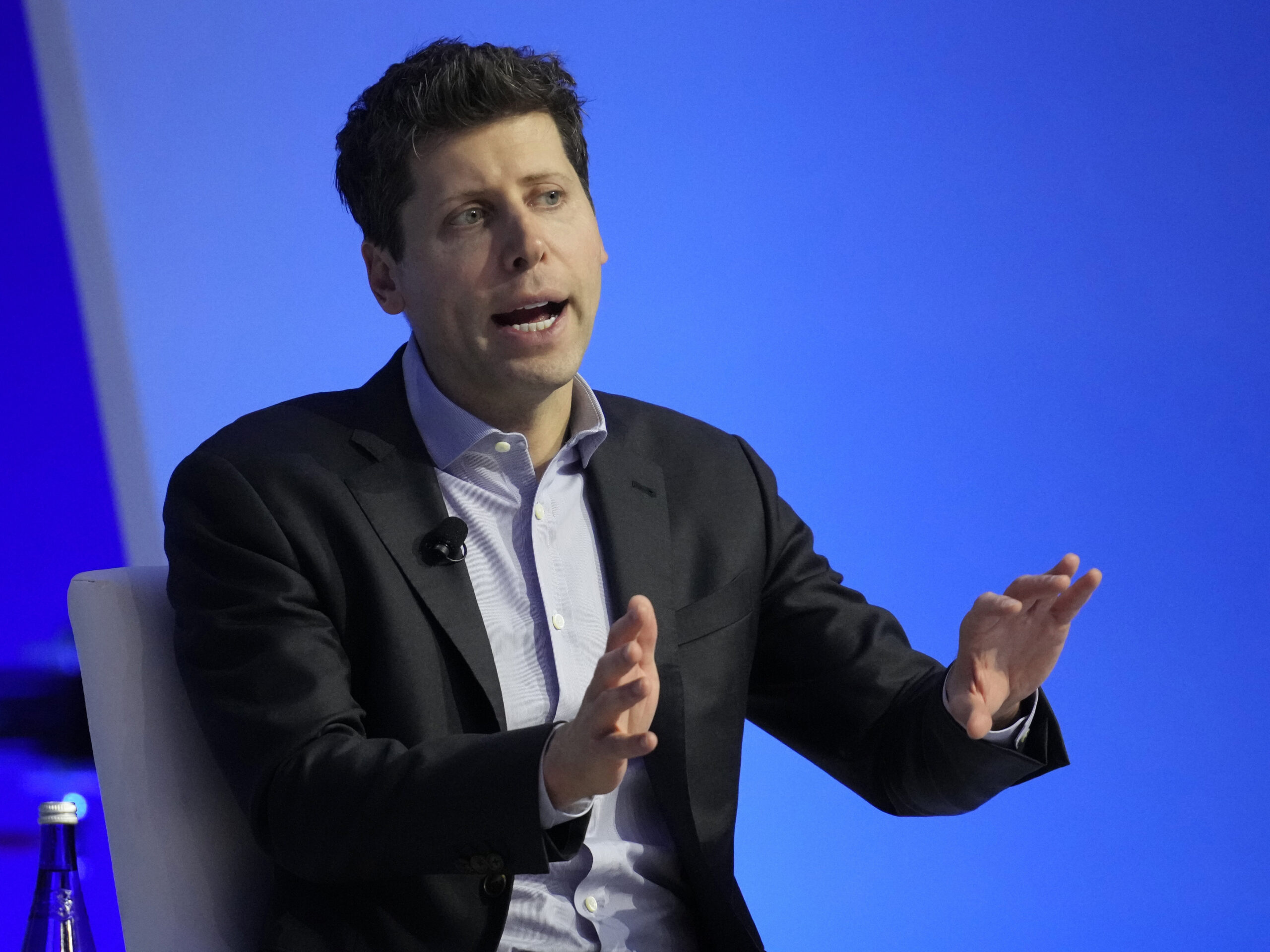The International Energy Agency (IEA) has spotlighted the rising energy demands driven by artificial intelligence (AI). Warning that the rapid expansion of AI technologies poses significant challenges to global electricity systems.
Training and deploying advanced AI models require immense computing power, much of which is concentrated in energy-intensive data centres. The IEA reports that a single AI-specialised data centre can consume as much electricity as 100,000 homes. New mega facilities under development are expected to use up to 20 times that amount.
Global Surge in Data Centre Investment
Spending on data centres has nearly doubled since 2022, reaching $500 billion in 2024. This trend has raised alarm about the sector’s growing strain on electricity infrastructure.
While data centres currently represent around 1.5% of global electricity use. About 415 terawatt-hours (TWh) in 2024—their local impact is far more pronounced. Since 2017, their electricity consumption has risen at an average rate of 12% annually, far outpacing global electricity demand growth.
The United States leads in data centre energy use, accounting for 45% of global consumption, followed by China (25%) and Europe (15%). Nearly half of U.S. capacity is concentrated in just five regional hubs.
Looking ahead, the IEA expects global data centre electricity use to more than double by 2030, reaching around 945 TWh—comparable to Japan’s current total electricity consumption. AI is cited as the primary driver of this increase. In the U.S., data centres could account for nearly half of total electricity demand growth by 2030, eventually consuming more than the entire American steel, aluminium, cement, and chemical industries combined.
Under its “Base Case” scenario, the IEA projects global data centre electricity use could hit 1,200 TWh by 2035. But depending on how AI adoption unfolds, projections range from 700 TWh (“Headwinds Case”) to 1,700 TWh (“Lift-Off Case”).
“AI is one of the biggest energy stories of our time,” said IEA Executive Director Fatih Birol. “In some countries, data centres could soon account for half of all electricity demand growth.”
Balancing the AI Boom with Energy Supply
Meeting this demand will require a broad energy mix. The IEA expects renewable energy, supported by storage and stronger grids, to supply around half the increase in data centre consumption by 2035.
Natural gas will also play a key role, especially in the U.S., where demand is forecast to grow by 175 TWh by 2035. Nuclear power—including next-generation small modular reactors (SMRs)—will support growth in China, Japan, and the U.S., with the first SMRs expected to come online by 2030.
But boosting generation alone isn’t enough. Grid capacity is a major constraint. The IEA warns that aging infrastructure and long interconnection delays could stall around 20% of planned global data centre projects.
AI’s Role in Optimising the Energy Sector
Despite its energy appetite, AI also offers game-changing benefits for the energy sector. The IEA highlights multiple areas where AI can improve efficiency, cut emissions, and unlock new capabilities:
- Oil & Gas: AI helps optimize exploration, production, and maintenance, including reducing methane leaks.
- Electricity Grids: AI can enhance renewable forecasting, detect faults faster (cutting outages by up to 50%), and optimise transmission without new infrastructure—potentially unlocking 175 GW of capacity.
- Industry & Buildings: AI-enabled process optimisation in industry could save energy equivalent to Mexico’s total use today. In buildings, smart systems offer major potential, though uptake is slow.
- Transport: Traffic and logistics optimisation could save energy equivalent to 120 million vehicles, though autonomous vehicle growth could offset gains.
- Innovation: AI can accelerate discovery in batteries, synthetic fuels, and carbon capture—though energy innovation remains behind other sectors like biomedicine in AI use.
Challenges Ahead: Infrastructure, Security, and Skills
AI’s integration into energy systems faces key barriers. These include limited access to quality data, digital infrastructure gaps, a shortage of skilled AI professionals in the energy sector, and regulatory roadblocks.
Cybersecurity is a growing concern. While AI can bolster cyber defence, it also enables more advanced attacks. Utility cyberattacks have tripled in the past four years.
Supply chain risks also loom large—especially for critical materials like gallium used in advanced semiconductors, where global supply is highly concentrated.
The IEA emphasises the need for cross-sector cooperation. Smarter data centre siting, operational flexibility, and streamlined permitting will be vital to manage the strain on grids.
While AI offers the potential to reduce more emissions than it generates, these benefits aren’t guaranteed and could be offset by rebound effects.
“AI is a powerful tool—but its impact depends on how we choose to use it,” said Dr. Birol. “The IEA will continue to provide the insights and platforms needed to guide the energy sector as it shapes, and is shaped by, the future of AI.”












